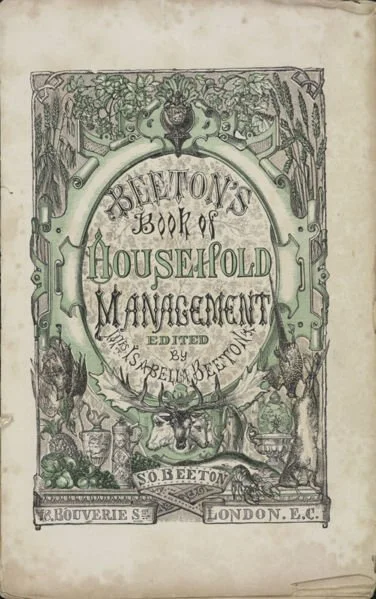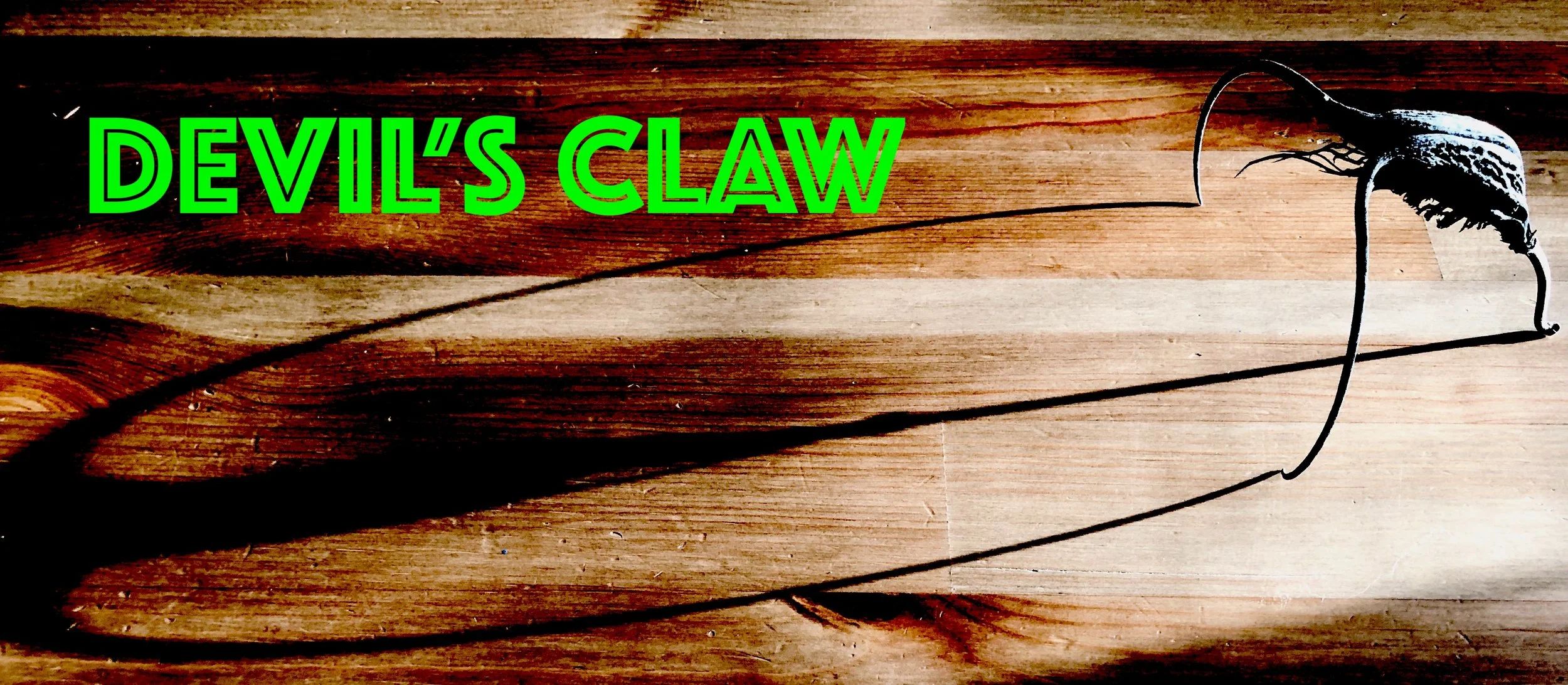Strawberry Spinach: A Beautiful New World Herb for Food and Paint
Blitum capitatum(L.)
[6]
It is tempting to compare Chenopodium capitatum to Dracula because it is beautiful, has blood-red berries, and it probably won't appear in your garden unless you invite it. However, Dracula will not multiply and overtake your home; Dracula will likely suck your blood out or turn you into an evil sex slave of some kind: NOT APPLICABLE.
Strawberry Blight fruit tastes a little bit like slightly sweet beets. The flavor isn't terrible, but, its hardly anything to linger on. Maybe we can compare Chenopodium capitatum to models who may look beautiful on the outside, but on the inside..., no no no... let's not risk receiving hate mail from gorgeous men and women everywhere (SEE: delusions of grandeur).
Alright, Alright. If we force the simile through with enough authority, maybe we can make it work.
Strawberry Blite plants are exactly like spontaneously multiplying vampire models who hang out in moist parts of America and Canada.
This introduction has officially spun off of the tarmac and bursts into flames... those of you who are still alive, please stay calm and allow me to tenderly usher you to the point.
Chenopodium capitatum hasn't been the most talked about wild plant, it has comparatively little traditional use as a medicine, and its flavor and texture as a potherb is... ehh. What Chenopodium capitatum DOES have is charm, and it has loads of it.
Strawberry Blite's vibrant red berries are visually delicious; it grows like a weed you want to look at; the berries can be used to paint stuff, and color food; the plant lends itself to gorgeous botanical illustrations and photographs, and a Canadian Cree lady named Moh suggested to me the berries can be used to color your lips. I am going to try this to goof around with my son.
The point: when you are out hiking and you see Chenopodium capitatum, perhaps you will smile because this plant is FUN.
Welcome, traveller, to the purrrrdy world of Strawberry Blite.
Description
Chenopodium capitatum grows in an with either an erect or drooping habit. The leaves, like most "goosefoot" Chenopodium spp. are triangular in shape. The lower leaves have longer leaf talks than the upper leaves. The flowers are green-turning red. Like other amaranths, the flowers have not proper petals (only calyxes). C. capitatum leaves occur in ball-like clusters. The fruits are shiny, bright red, and juicy.
Habitat
Culinary Uses
Strawberry Spinach leaves, seeds, and berries are edible. The berries have been used to color foods, the leaves are cooked as spinach and can be used as a salad green; the seeds are small, poppy-like, and can surely be sprouted.
In one of the most famous English Victorian-era cookbooks ever written, Mrs Beeton's book of Household Management, Mrs Isabella Mary Beeton recognized Strawberry Spinach as the first in her list of varieties of spinach: “these comprise the strawberry spinach, which, under that name, was wont to be grown in our flower-gardens; the Good King [Henry], the Garden Orache, the Prickly, and the Round, are the varieties commonly used.” [7]
In the book, Mrs Beeton suggested washing the leaves, and boiling them with butter, salt, and pepper.
Ethnobotany
The CARRIER people of North America utilized the berries for a bright red paint [4]. The GOSIUTE of Utah used the seeds for food [4]. The KAYENTA NAVAHO used the plant to make a lotion to treat head bruises and black eyes [4]. An infusion of the plant was used by the POTAWATOMI to combat lung congestion; the fruits were used by the POTAWATOMI to create face paint [4]. The TANANA children utilized the fruit to paint just about anything [4]. The THOMPSON used the fruit for ink and to color wood, face, body, clothes, and skin [4]. The TOBIQUE used the juice of the bright red berries to impart stain to basketry [2]. It was used by cooks in Ireland to color puddings red [1].
Artworks
Original book source: Prof. Dr. Otto Wilhelm Thomé Flora von Deutschland, Österreich und der Schweiz 1885, Gera, Germany
Mary Vaux Walcott, Strawberry-Blite (Chenopodium capitatum), 1918, watercolor on paper, Smithsonian American Art Museum, Gift of the artist, 1970.355.686
More Strawberry Blite Illustrations Here.
Pull Up Your Plants! (PUYP) is now receiving visits from all over the world. Please take the time to leave a comment or subscribe below. I’d like to hear about your experiences with Strawberry Blite.
For source citations, please email Kevin Healey at
pullupyourplants. @ gmail.com
With Love,
Kevin.
[1] Scharff, A., Praeger, R. Lloyd (Robert Lloyd)., Carpenter, G. Herbert., Belfast Naturalists' Field Club, ., Dublin Microscopical Club., ., Royal Zoological Society of Ireland, D. (1892). The Irish naturalist: a monthly journal of general Irish natural history ... Dublin: Eason & Son, Limited; [etc., etc.].
[2] Natural History Society of New Brunswick, S. John. Bulletin. St. John, N.B.
[3] Curtis, W. (1794). The botanical magazine, or, Flower-garden displayed: in which the most ornamental foreign plants, cultivated in the open ground, the green-house, and the stove, are accurately represented in their natural colours ... [S.l.: s.n.].
[4] Moerman, D. E. (2010). Native American ethnobotany. Portland, Or.: Timber Press.
[5] Borror, D. J. (1960). Dictionary of Word Roots and Combining Forms (1st ed.). Mountain View, CA: Mayfield Publishing Company.
[6] Image used under Creative Commons licensure and retrieved from here.
[7] Beeton, I. (1861). Mrs. Beeton's book of household management. Internet Archive. Retrieved from https://archive.org/details/mrsbeetonsbookof0000beet_d6l1/page/594/mode/2up?q=%22Strawberry+spinach%22
[8] Title Page of Beeton’s Book of Household Management.” This image is in the public domain in the United States because its copyright has expired. Courtesy of Wikimedia Commons: http://en.wikipedia.org/wiki/File:Bhm_title.jpg


![[6]](https://images.squarespace-cdn.com/content/v1/59bae60f1f318d07a99856a4/1517154339652-VBJQI5R6ZA9O2XAD9T8G/Strawberry+Blite1.jpg)






